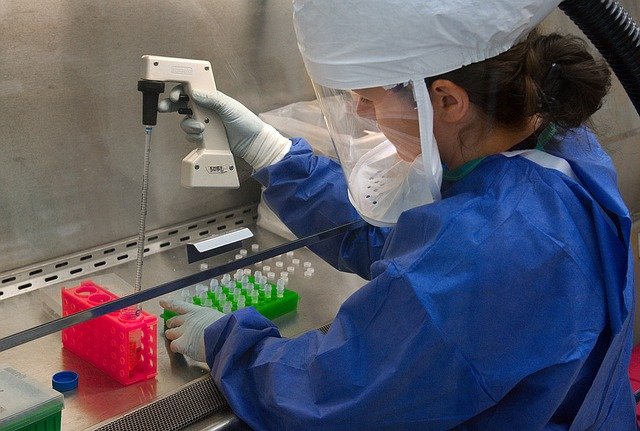The fact that single-celled organisms could live for more than 100 million years was shocking by itself as this was believed to be impossible till 2020.
In the dirt of the ocean floor, microbes buried themselves 101.5 million years ago, before even the Tyrannosaurus rex existed. With the passing of time, shifting continents, and rising ocean, Japanese scientists dug up these ancient cells and brought them back to life.
Reviving Old Life to Become New Life
The scientific researchers were aboard a drillship called JOIDES Resolution when they discovered and collected sediment samples about a decade ago. These samples were found from 100 meters below 6,000meters-deep in the depths of the ocean. What makes this so fascinating, is that it was found in the Pacific Ocean where there is little oxygen and few nutrients for anything to survive on. When they were discovered, scientists studied how the microbes were able to survive in this part of the ocean. The scientists also wanted to know for how long the microbes would be able to sustain themselves if they came close to getting no food.
Results on the microbes suggest that cells this old are capable of waking up in the presence of oxygen and nutrients. So, even if they were sleeping for 100 million years, you can think of it like they were surviving on autopilot all of this time. They relied on next to no oxygen and nutrients, which included carbon and nitrogen, only that which was available to keep them alive. It took only 68 days for them to wake up, quadrupling the cell count from 6,986. It managed to adopt normal activity. Testing the microbes, the scientists ensured the microbes weren’t contaminated with modern microbes as they opened the sediment in a highly sterile environment.






